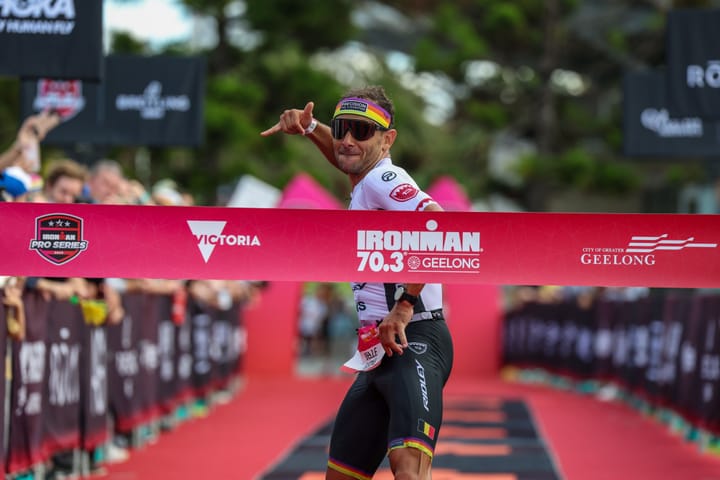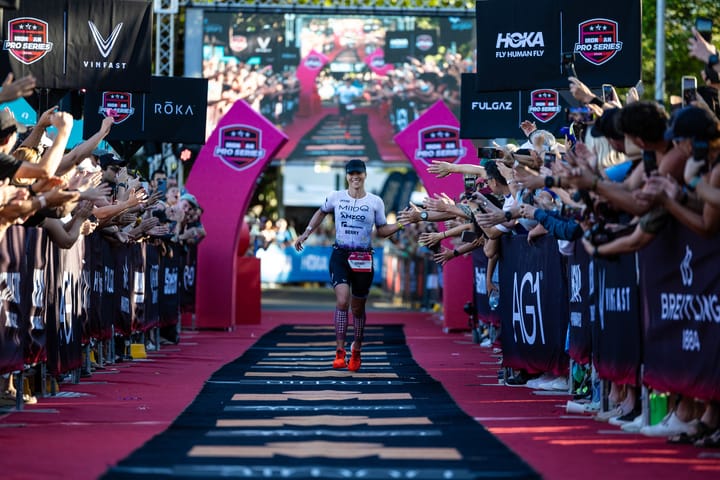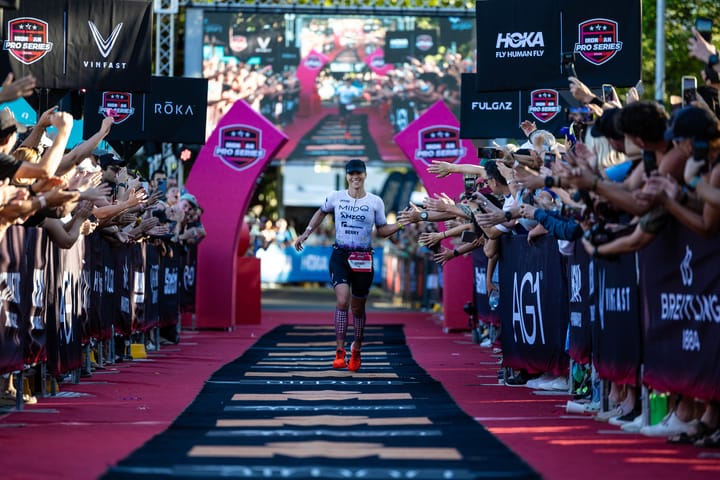Swimming for Triathlon – The Technical Debate Of To drill or Not drill – Part 2
In my previous article Swimming For Triathlon – The Technical Debate Of To Drill Or Not To Drill I spoke about the debate of to drill or not to drill for Triathlon swimming. My perspective is coming from my experience as a coach on deck. Having been a coach for 25 years in triathlon and

In my previous article Swimming For Triathlon – The Technical Debate Of To Drill Or Not To Drill I spoke about the debate of to drill or not to drill for Triathlon swimming.
My perspective is coming from my experience as a coach on deck. Having been a coach for 25 years in triathlon and swimming I have worked with all types of people and athletes. I have seen very few triathletes able to perform traditional swimming drills competently.
I have also seen many triathletes with ‘ugly’ strokes in the pool swim very fast in races. Conversely, I have seen triathletes from swim backgrounds with ‘pretty’ strokes in the pool not swim well in races. Why? Because swimming for triathlon is unique. You have to ride and run afterwards for one and then other than swimming around the bouys on the course there are almost no rules.
There are several factors that go into helping a triathlete swim well in a race. Stroke rate, positioning, fitness, tactical awareness, skills, mindset and the weather conditions all contribute towards the swim. How well a triathlete can perform some swimming drills is not one of them from my experience.
In my early days as a triathlon coach I naively tried to teach triathletes the drills that I taught swimmers. I soon realised the majority of these drills were ineffective for triathletes.
For example, a common drill taught to triathletes is fingertip drag. This is to promote a relaxed recovery when the arm exits the water by dragging your fingertips along the surface of the water and get the elbow up high.
How our arm looks above the water or how relaxed it might be when out of the water is not important for triathlon swimming. The goal is getting into a power position under the water as quickly as possible and creating forward propulsion.
Trying to get our elbows up high in the recovery part of the stroke by teaching finger- tip drag can slow our stroke rate. It can also cause over rotation which increases drag. And the longer our arm is out of the water the more chance it has of being impacted by things like water chop and another competitor’s stroke.
I have however found two drills to be effective for most triathletes. These two drills go a long way to help improving forward propulsion under the water when we are trying to get into the power position where the most force against the water is generated.
1.The first drill is sculling or front scull. With any training movement whether it be a drill in the pool or something on land we’re trying to achieve a positive sensation for the athletes to ‘feel’. Do they feel a difference to the way they move when they perform a particular movement? And we want that to be a positive feeling.
By doing the drill they can feel as though it is making them faster. There is a link to how they feel physically and then mentally/emotionally how they feel. If this occurs in my experience they will go faster. One from the actual improvements that occur physically, but I believe also from the ‘placebo’ effect that helps them mentally.
For sculling my recommendation is that you use a pull bouy, not kick and focus completely on the sculling action. Head remains above the water and the hands are below the elbow under the water about 30-40 degrees out from the shoulder. The range of movement is small, and your hands do not come any further in than in line with your shoulder. Out with the palm with your thumb facing down and in with the palm with your thumb facing up. Small purposeful movements with water pressure against your palms through the whole range of movement.
Scull for 25m and then swim 25m. By swimming straight after the drill, it helps to reinforce the specific sensation you are trying to achieve. In this instance it is about you feeling as though you are creating more forward propulsion under the water.
The biggest mistake people make when doing this is going too fast when sculling through the range of motion being more than about 10-15 degrees. When this happens, the pressure of water against your palm is not there the whole range of movement. It is not breastroke and speed when sculling is not the goal.
An indication you are doing this well is your forearms start to fatigue after a while. I recommend doing anywhere from 300-600m of scull/swim before or after the main set in your swim sessions. Done consistently I have seen triathletes improve their speed and forward propulsion power, but it does take months, not days or weeks.
Improvements in the pool are small and take a long time on the back of a consistent approach. And swimming 3 times per week over a 6-month period is a minimum in my experience before you start to see any real improvements. Not just with sculling but swimming in general.
2. The second drill is one arm freestyle with paddles and fins on for some athletes. There are two different types of one arm freestyle drill with one being having your non stroking arm down by your side. The other is having your non stroking arm stretched out in front of you.
For this I am recommending that your non stroking arm is stretched out in front of you to help maintain balance. By using the paddles, we are working on improving specific swim strength and depending on your level as a swimmer wearing fins, so your body sits higher up in the water to improve balance.
This drill involves stroking with one arm for 25m and focusing on two key aspects of the stroke. The initial press down on the water at the top of the stroke and the exit out the back of the stroke near your hip. We also want to try and stroke very quickly under the water to also help improve strength.
This is also all about improving your forward propulsion power under the water. Do 25m one arm, swim 25m normally before changing arms and repeating for 300-600m. Do this before and after every session main set like sculling.
To help bring a conditioning focus into the session you can increase the intensity of the swim only parts of both sculling and one arm freestyle. The drill component is easy and then swim hard in the swim only sections. In the previous article I referred to the fact most triathletes will swim 2-3 times per week for about 45 minutes to 1 hour on average.
With limited time getting strong and fit should be the focus over traditional swim drills. However, these 2 drills done consistently over several months in the warm- up and warm down of every session can have a positive impact for some triathletes. They are relatively easy to do and of all the different drills I believe the most applicable and effective for triathletes, especially those from a non- swimming background.





Comments ()